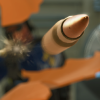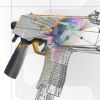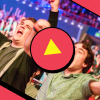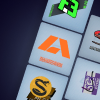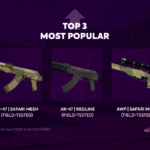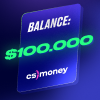The Counter-Strike series is over twenty years old now — about the same age as the esports scene. Of course, many pros have retired or fallen off the radar over that time. Yet sometimes, players come back. Today, the CS.MONEY Blog will recall several cases of triumphant — and not-so-triumphant — returns.
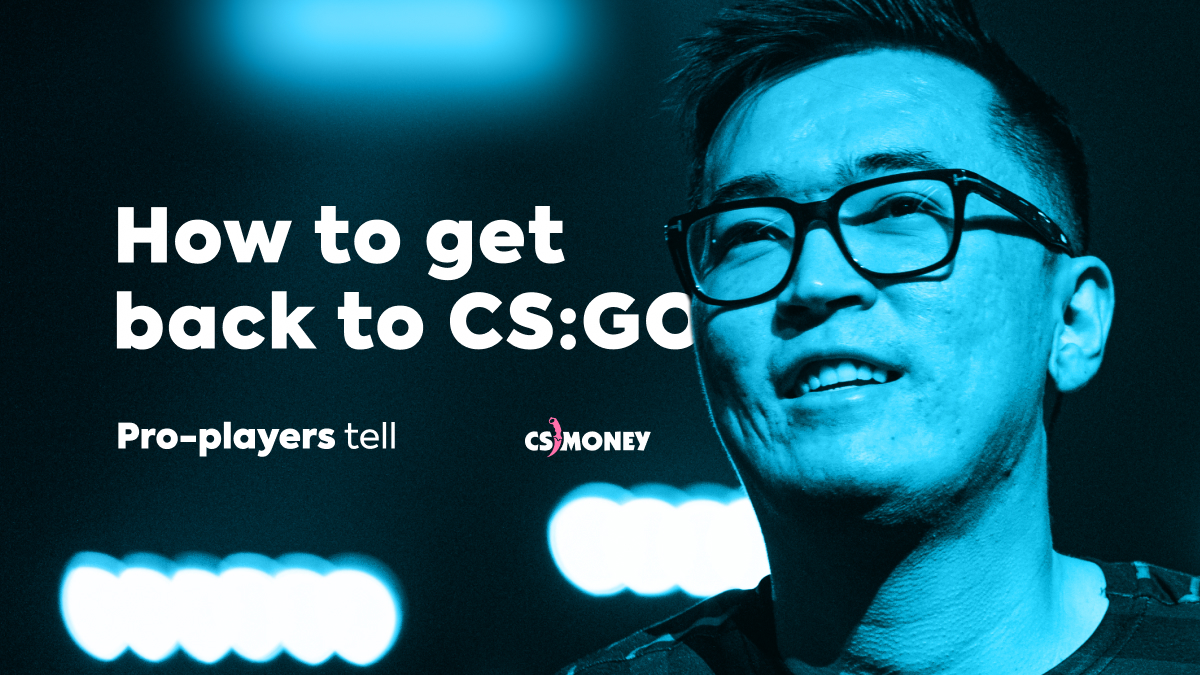
Inactive membership or vacation?
One of the most frequent reasons why players disappear from the scene is their inactivity. A pro sits on the bench or is simply listed as a member of the organization, but doesn’t actually perform in the lineup. This is a very common situation often tantamount to a long vacation.
That’s exactly what happened to Lukas “gla1ve” Rossander and Andreas “Xyp9x” Højsleth, for instance. The former dropped out of the Astralis lineup in May 2020 for health-related reasons. The latter left the lineup a week later without terminating his contract with the organization. Both returned to the squad in early October and are still representing the Danish club.
It’s hard to call a break like that a comeback, but bear with us for a moment: after the pair returned to the lineup, Astralis made the playoffs at Intel Extreme Masters XV – Beijing Online: Europe as well as took gold at DreamHack Masters Winter 2020: Europe and Intel Extreme Masters XV – Global Challenge.
Contrariwise, Dauren “AdreN” Kystaubaev’s situation defines the word “comeback.” Let’s review the chronicles of events. In mid-October 2018, AdreN left the main Gambit squad. Three months later, he continued his career in FaZe Clan as a stand-in. As part of the European club, he won ELEAGUE CS:GO Invitational 2019 and BLAST Pro Series: Miami 2019. Amazing results!
Unlike in the case of the Astralis players, AdreN’s inactivity was preceded by almost a year without wins. Therefore, his debut in FaZe Clan is much more impressive — a story like that is perfect material for the script of a sports drama.
The period of inactivity and subsequent return to the scene is a relatively common scenario. Therefore, there are lots more such stories than the two we cited above. However, this in no way detracts from the players’ achievements. Even a three-month break can have a significant impact on a player’s shape, and victories after such vacations deserve extra credit.
Lower-level teams
It so happens that the Counter-Strike: Global Offensive scene is global. That means that the winner gets everything, with the losers standing in their shadow. As a result, the pro scene can be roughly divided into “the top players” and “everyone else.” Whenever a player drops out of the top ranks, they almost completely disappear from the pro scene. That said, the way there and back again is something of a comeback too, a return to the top.
That’s the path Kasper “cadiaN” Møller has gone. His career in Counter-Strike: Global Offensive began with Team Xapso. While this tag probably doesn’t mean anything to you, the team participated in the very first Major, DreamHack Winter 2013! After the tournament, the Dane joined mousesports.
On board this ship, he made it to his next tournament from Valve: ESL Major Series One Katowice 2014. And by the end of the year, Casper changed the tag again — and attended yet another Major. As a member of Copenhagen Wolves, he performed at DreamHack Winter 2014.
Even though all three attempts to conquer a Major ended very abruptly, reaching the main stage of a tournament this big is an unquestionable success in itself. A success that cadiaN wouldn’t be able to reproduce for four years! After leaving the Copenhagen Wolves, Casper has only attended a Major once. At FACEIT Major: London 2018, his team Rogue was eliminated in the first stage with only one map won.
It was not until he joined Heroic at the end of 2019 that the Dane made a proper return to large-scale events. Together with this team, he reached the semifinals of PGL Major Stockholm 2021, took gold in ESL Pro League Season 13 and ESL One: Cologne 2020 Online – Europe. CadiaN’s career is as much a comeback story as it is a success story.
Few of those who attended the first Majors get to make the playoffs of a Valve tournament seven years later and represent one of the world’s top-10 teams according to the HLTV rankings.
To Valorant and back again
If you started following the Counter-Strike: Global Offensive scene recently, you might have missed one of the most dramatic pages in its history. We’re talking about the drain of American players. In 2020 alone, over 200 professional players put their Counter-Strike careers on pause, including many big names: TenZ, reltuC, jdm64, nitr0, ScreaM — the list goes on and on.
Among other things, this drain is attributable to the release of a CS:GO competitor: the shooter Valorant from Riot Games. Left without tournaments and support from Valve, American players began to switch to the new game by the score. As a consequence, the pro scene lost multiple Major finalists and young talents. The situation became catastrophic, with the American region literally fading away.
However, the death of the North American pro scene was prevented. After the removal of the COVID-related restrictions and not the most successful season in Valorant, some players decided to come back. These included Damian “daps” Steele, Tyson “TenZ” Ngo, Nicholas “nitr0” Cannella, Ricky “floppy” Cameri, and, rumor has it, Timothy “autimatic” Ta.
It’s unlikely that this comeback will have a miraculous effect on the pro scene like the magic pill from Limitless. Over the last year and a half, the region has experienced a massive esports decline, with only one North American team currently in the top 30 of HLTV. Nevertheless, a comeback like that does inspire optimism.
First, it’s a shame to lose the region, especially after the growth that American teams have demonstrated. Second, the return testifies that Counter-Strike: Global Offensive is still an attractive esports discipline — almost ten years after its release.
However, it’s not like comebacks happen all the time. More often than not, players who quit their careers convert themselves into an analyst, trainer, or a streamer. Michael “shroud” Grzesiek, for example, switched from a successful career as a player to an equally successful streaming career. That’s why it’s always fun to follow these comebacks: they never fail to be intriguing.
Subscribe to our newsletter to follow comebacks like that and news from the world of CS:GO and its skins, as well as to stay in the know about great CS.MONEY events. Each message is carefully assembled by specially trained experts whose profound knowledge allows for the hottest CS-related stuff to be delivered to you.


Would you rather get another lottery spam or an informative news about CS:GO?
Subscribe to us. Give your mailbox a chance.



